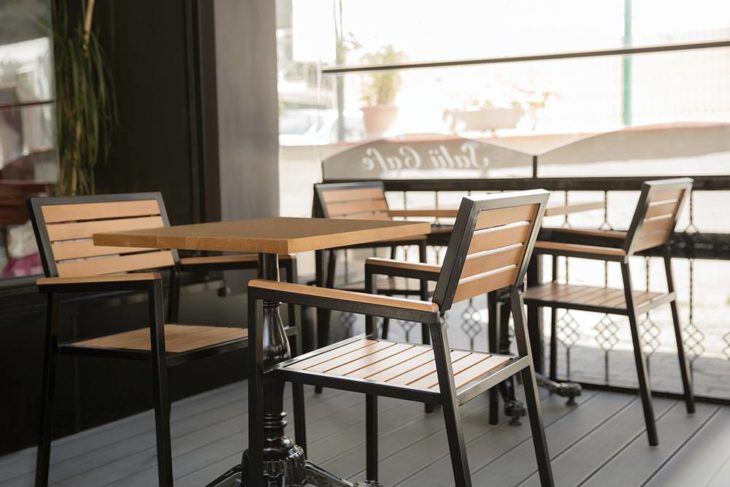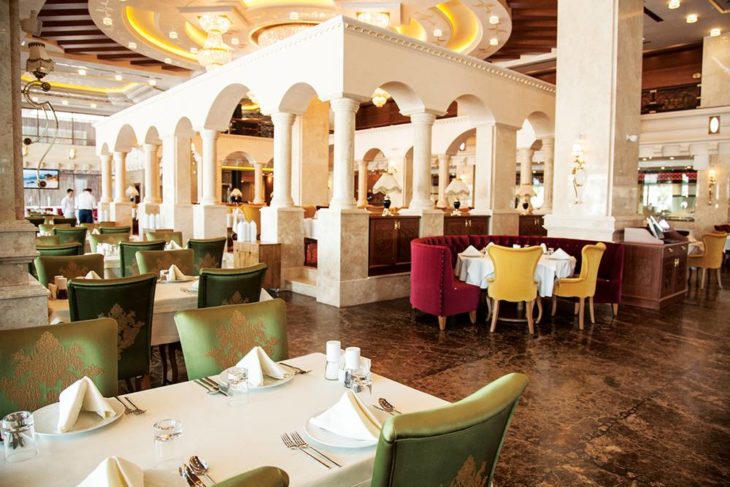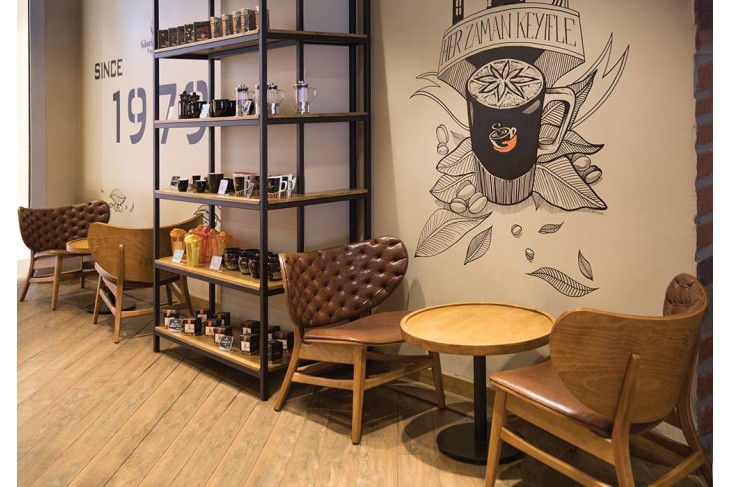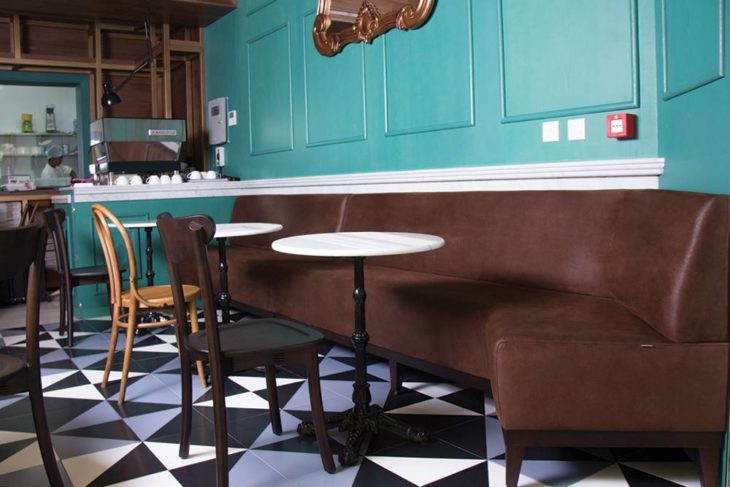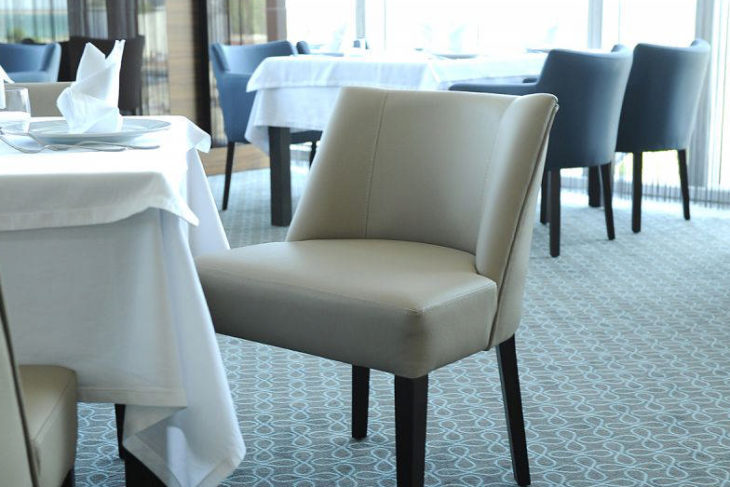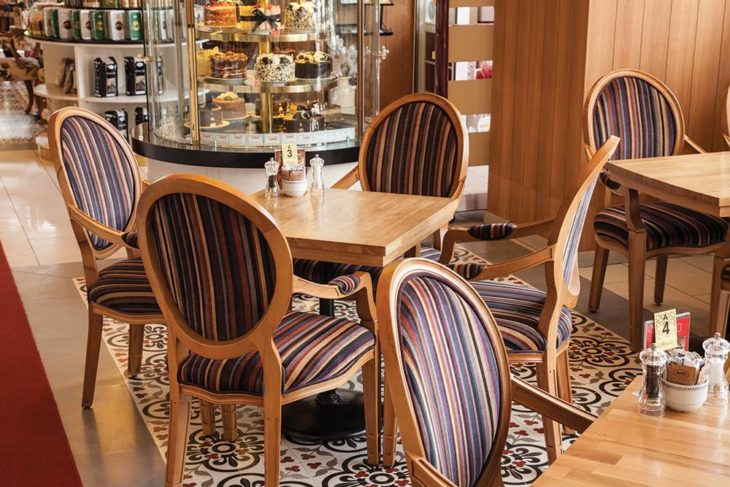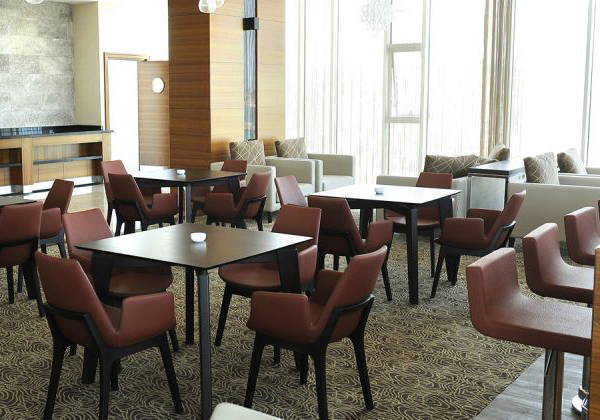
It is common knowledge that Spain’s bullfighting matadors and coriadors are part and parcel of Spain’s historic traditions. Paradors, a charming revelation to those unfamiliar with Spain, are as much a part of Spain’s heritage as its bullrings.
It is easy to find our lodging – it is the castle atop the town. This is a Parador, one of a chain of unique state-run lodgings which are as much a part of Spain’s history as are its bullfighting matadors – ancient monasteries, castles, palaces and hospitals which have been restored with modern comforts to meet contemporary needs, yet keep their original charm and character. Generally located on the outskirts of city centers and towns, these hostelries offer a glimpse into traditional Spain.
As we approached the Parador Siguenza, the view was breathtaking. Perched on a hilltop above its charming eponymous town, this ancient castle is set in Guadalajara, one of Spain’s lesser known provinces which forms part of the Castilla la Mancha Region.
The castle has a magnificent ancient history which immediately intrigued the children. Built in the 5th Century, it was originally a Moorish citadel built upon a Roman settlement. Reinforced by the Moors in 712, it was converted into a bishop’s palace by the Christians after the re-conquest in 1123.
Within its ancient walls, we discovered a beautiful lodge, with al the facilities of a modern, top-notch hotel. The spacious welcoming rooms with both four-poster and comfortable twin beds and modern bathrooms boast traditional Castilian furniture. The view from the balcony, overlooking the countryside, is stupendous, especially at sunset, when the sun’s rays bathe the landscape in hues of gold and ochre. In the cool evenings, the kids especially enjoyed spotting wildlife such as deer and eagles.
The Parador’s thick stone walls enclose a lounge – the original stately dining room of the castle. This huge room, whose walls are adorned with banners and suits of armor, dwarfs the furniture made to accommodate its guests with its multitude of brilliant overhead chandeliers lighting the vast area. The grand dining room, where you can savor excellent regional dishes such as fried bread crumbs with eggs and bacon, cod prepared with manchego cheese, and the famous borrachitos seguntinos for dessert, looks out over the land surrounding the castle. In addition, the Parador houses a Romanesque chapel, and two medieval stone courtyards flank its interior walls. The kids had the adventure of their lives exploring the castle and pretending to be royalty.
The small, fascinating village of Siguenza, with its narrow, winding streets, sits at the foot of the Parador. A cathedral town since the first millennium and the residence of lord bishops and rulers, it is one of the best preserved medieval towns. The lovely cathedral houses the tomb of Martin de Arce, a page of Queen Isabella. Other places to visit include the Roman salt mines of Imon and the monastery of Santa Maria de la Huerta. Especially exciting for the children are the many game reserves in the rural area surrounding the Parador.
Only 100 km from Madrid and easily accessible, the Parador made a perfect family weekend retreat, providing all with fun and adventure. One of the jewels in the crown of the Parador chain and perfect for families, it is an example of why Paradors in Spain are so popular.
